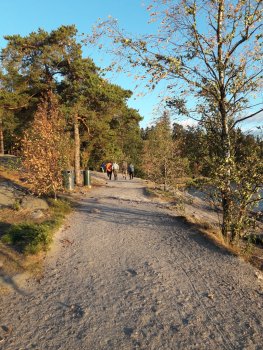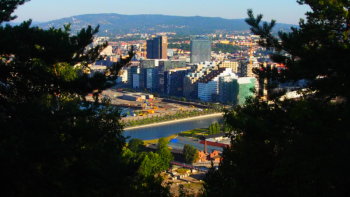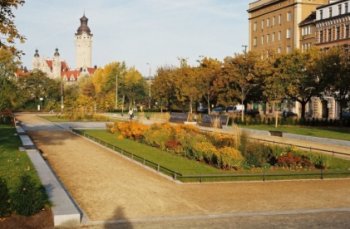The cities of Helsinki, Espoo and Vantaa: How to preserve BiodiverCities under the pressure of infill development
The Helsinki Metropolitan Area consists of the cities of Helsinki, Espoo, Vantaa and Kauniainen and it is located in the south coast of Finland. The Metropolitan Area covers 772 square kilometres and contains a total population of approximately 1.1 million. With about 19 per cent of the country’s population in just 0.2 per cent of its surface area, the housing density of the area is high by Finnish standards. Despite the intensity of land use, the area also has large recreational areas and green spaces.
Our EnRoute city lab covers the cities of Helsinki, Espoo and Vantaa. The tiny...More



